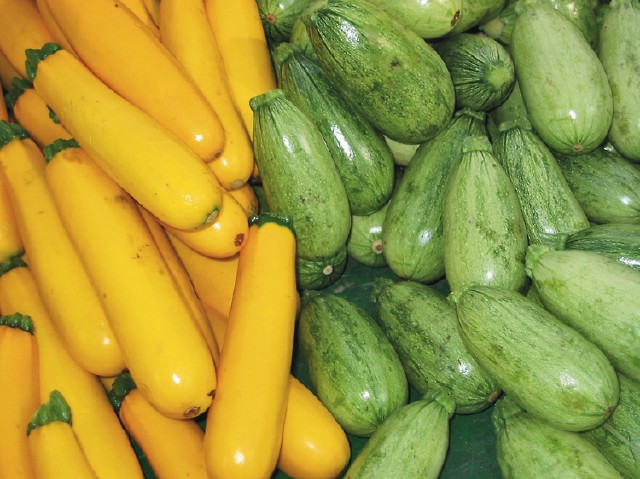Viva La Calabacita!


Squash blossoms

Eat ’em raw or cooked
Latest Article|September 3, 2020|Free
::Making Grown Men Cry Since 1992


Squash blossoms

Eat ’em raw or cooked
